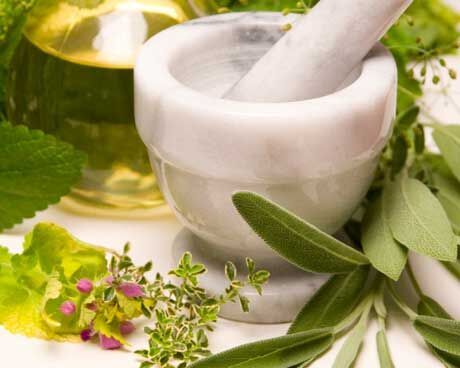One of the best ways to take care of your skin, a facial is a multi-step skin treatment used to clean pores, remove dead skin cells, and treat common skin concerns like sun damage, acne, dark circles, wrinkles and signs of aging . It is one of the most essential treatments of any skin care regimen and the second most popular spa treatment after a massage.
Your esthetician is licensed and has special training in skin care. They are knowledgeable, fastidious, and passionate about their work. Using a combination of therapeutic treatments for your face, they help to nourish your skin and promote a clear, well-hydrated complexion to make your skin look smooth, supple and younger.
Based on evaluation and your skins response to treatment, you will receive advice on the best way to take care of your skin at home, as facials work best when they are part of an on-going program of skin care.
The Basics of a Facial
A facial begins with consultation. You will fill out a form with questions about your skin concerns, your diet, how much water you drink, which drugs and supplements you take, and products you are currently using. The use of Accutane or vitamin A products (Retin-A or tretinoin) may determine what kind of treatments the esthetician can perform.
After consultation, your esthetician will offer you a wrap that goes around your body and underneath your arms, and will leave the room for you to change if desired. Some people remove all their clothes before putting on the wrap, some leave their pants on, and some even leave their bra on and put the straps underneath their arms. You will lie face up on a comfortable table during your facial.
Your esthetician starts by wrapping your hair with a towel or headband to keep hair off your face. The first step is a soothing and thorough cleansing, using cotton pads, esthetician wipes or sponges. Your esthetician will use mild products to cleanse your skin using gentle, strokes which also serves as a massage, effectively starting your relaxation experience.
Your esthetician will cover your eyes and look at your skin through a brightly lit magnifying lamp to determine your basic skin type (dry, oily, combination, sensitive or normal) and skin conditions (acne, blackheads, whiteheads, aging, sun-damage, dehydration, etc.). They then choose appropriate products and treatments and discuss with you what they see and recommend.
Most facials use a machine that directs a thin vapor of warm steam to your face to help soften up any blackheads and whiteheads to be extracted. You will be asked if you can breathe properly or if you are uncomfortable in any way. If you have very sensitive skin, your esthetician may not use steam.
Exfoliating the skin uses mechanical or chemical substances. Mechanical exfoliants have a gritty texture that rubs away the surface dead skin cells. Chemical exfoliation uses enzymes and acids to loosen the bond between skin cells. Chemical peels, typically done in a series, can vary in intensity, and can be a stand-alone treatment or part of the facial.
If needed, your esthetician will remove skin impurities that are within the outer layer of your skin – which includes mild acne, blackheads, and whiteheads.
Uses classic strokes like effleurage to both relax you and stimulate your skin and facial muscles while also aiding in lymphatic drainage.
A mask is targeted to your skin type (dry, oily, combination, sensitive, mature) and condition.
An application of toner, serums, moisturizer, and sunscreen is given.
Your esthetician will tell you how you can take care of your skin and recommend products. Ideally, get a facial monthly because that’s how long it takes the skin to regenerate.
The Benefits of a Facial
Stress manifests in the face first, particularly in the jaw and the temples. That stress can result in acne, pain, inflammation, sagging, and deterioration. Facial massage activates your sympathetic nervous system which reduces your anxiety levels and uplifts your mood. Similarly, the natural aroma of cleansers, masks, exfoliants, and towels can help you relax and reduce tension in your face and upper body.
Facials cleanse and detoxify your skin by getting rid of buildup of oils, toxins, and dirt. Exfoliation removes dead skin and unclogs your pores which encourages absorption of necessary skin-enhancing vitamins and nutrients like vitamin C and E, retinoids, and collagen-stimulators. Your skin will look and feel softer and smoother, giving it a significant glow.
Facials can stimulate skin cells to reduce the appearance of sun damage, wrinkles, and age spots. This improves texture, luminosity, collagen depletion, and reduces inflammation. Stimulation of facial muscles increase blood flow, regenerates new skin cells, and gives skin more color and vibrancy, immediately reducing signs of aging.
Blackheads, whiteheads, and other acne can be the result of clogged hair follicles and clogged pores. You can prevent future breakouts and scarring by getting regular facials like microdermabrasion or chemical peels. Some facials also include red or blue LED lights to help with inflammation and bacteria.
Puffy, dark circles and crows feet can benefit from a rejuvenating anti-aging and brightening facial.


